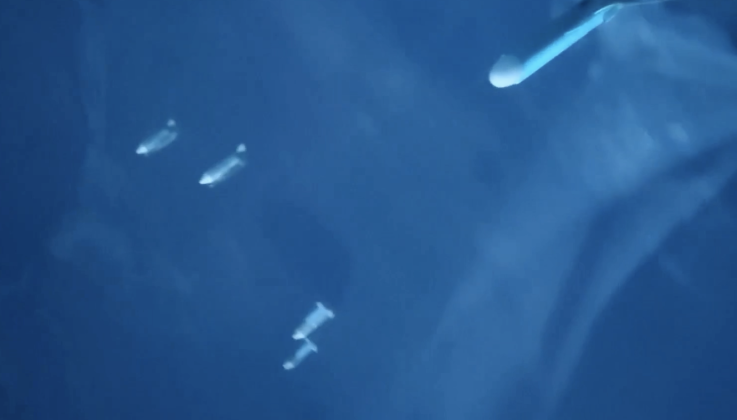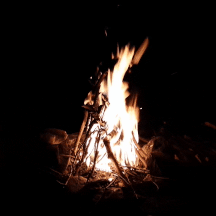The Russian state owned United Aircraft Corporation has delivered a new batch of Su-34 strike fighters to the Defence Ministry, as reported on June 17. State defence conglomerate Rostec reported regarding the delivery: “The United Aircraft Corporation has supplied a regular batch of Su-34 frontline bombers to the Defence Ministry in the framework of the arms procurement order. The jets were delivered to the troops after factory trials.” Rostec First Deputy CEO Vladimir Artyakov highlighted that the Su-34 had seen intensive use in the Russian-Ukrainian war, adding that “the capabilities of the aircraft allow the pilots to fulfil missions in any theatre of warfare with the use of guided and unguided weapons.” The Su-34 has been delivered in much greater numbers than any other fighter class since the disintegration of the USSR, with over 120 thought to currently be in service despite significant wartime losses. Production was widely reproed to have been expanded considerably in 2022 to meet the requirements of both the Ukrainian theatre and escalated confrontation with NATO. Widely estimated to be the world’s longest ranged fighter class, possibly rivalled only by the Chinese J-20, the aircraft are relied on heavily for nuclear delivery roles, and in September 2023 employed ballistic missiles for strike missions for the first time.
United Aircraft Corporation CEO Yury Slyusar stated the corporation was increasing production of Su-34s, elaborating: “We update the technological and business processes and find additional reserves to increase the output.” He added that new personnel had been hired for this purpose. The deliver of new Su-34s came three days after satellite images confirmed that the Ukrainian Armed Forces had launched an unprecedented major drone strike on the Morosovsk Airfield in Russia’s Rostov region, which serves as central hub of Su-34 operations. Similar future targeting is expected as Western Bloc states increase support on a significant scale to facilitate deeper attacks. Regarding the future of Su-34 production, the Defence Ministry was reported in October 2023 to have given directives to further expand production, which notably coincided with a visit by Defence Minister Sergei Shoigu to the Chkalov Aircraft Factory in Novosibirsk, Siberia, which produces the aircraft. The minister stressed at the time: “This warplane is the main workhorse, they have four, five sorties every day, so we need to step up, hurry up. We have enterprises that are ahead of schedule for the 2024 program this year. So we need to organise work here as well.”

With pre-war production estimated at around 14-18 per year, it has been speculated that expanded production could see deliveries of Su-34s reach 24 aircraft per year placing it in the same league as the new Su-57 fifth generation fighter. The Russian Air Force was reported to have received a new batch of the aircraft on April 8, with all batches delivered since July 2022 have been produced to the enhanced Su-34M standard. Russian sources have widely claimed the Su-34M has double the combat capacity of the baseline Su-34, which first entered service in 2014. Notable features include a dedicated interface for three different types of sensors, namely the UKR-RT pod carrying electronic search measures, the UKR-OE camera pod and the UKR-RL which integrates a synthetic aperture radar. The Su-34M also has a specialised electronic attack variant and an intelligence, surveillance, and reconnaissance variant.
The Su-34 has gained particularly attention over the past year for its effectiveness in deploying precision guided glide bombs against targets in Ukraine, with these bombs allowing fighters to engage at ranges of approximately 70 kilometres. The bombs can deliver much larger payloads than air launched missiles and at a small fraction of the cost, and can carry not only conventional payloads, but also thermobaric rounds to better engage personnel in fortified positions. Ukrainian Army frontline personnel speaking to the New York Times compared the impact of Russian glide bomb strikes to “hell’s gates,” stressing their “additional devastating power” supplementing the Russian Army’s artillery barrages.
